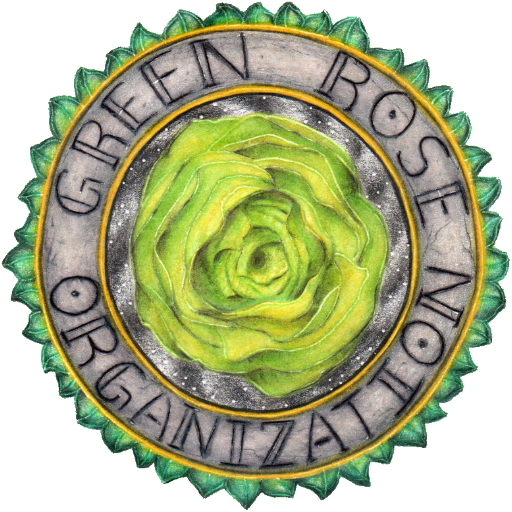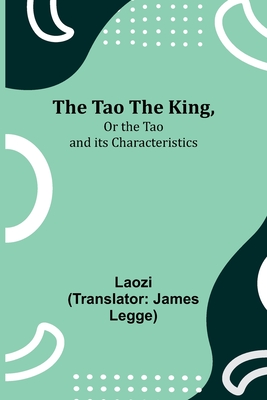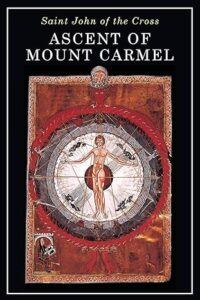The Tao Teh King
by James Legge
"The Tao Teh King" by James Legge is one of the earliest English translations of the Tao Te Ching, the foundational text of Taoism attributed to Laozi. Legge, a 19th-century Scottish sinologist and missionary, translated the work with a scholarly approach, aiming to preserve the philosophical depth of the original Chinese text. His translation is formal and literal, reflecting his background in classical Chinese studies.
Comparison to Other Translations:
- James Legge: His translation is precise but somewhat rigid, adhering closely to the classical Chinese structure. It is more academic and may feel less fluid compared to modern versions.
- Lin Yutang: A more literary and poetic translation, emphasizing readability and philosophical interpretation.
- Xu Yuanchong: Focuses on modern accessibility, making the text more relatable to contemporary readers.
- Stephen Mitchell: A highly interpretative version, adapting the Tao Te Ching into a more free-flowing, spiritual guide.
The variance in translations arises because Classical Chinese is highly compact and ambiguous, allowing for multiple interpretations. Some translators prioritize accuracy, while others focus on philosophical essence or poetic beauty. You can explore more about translation differences here.
The Tao Te Ching, also known as the "Classic of the Way and Virtue," is a foundational text of Taoism, attributed to the ancient Chinese sage Laozi. Written around the 6th century BCE, it consists of 81 chapters that explore profound philosophical and spiritual concepts.
Key Themes:
- The Tao (The Way): Describes the natural, eternal force that governs the universe. It emphasizes living in harmony with the Tao by embracing simplicity and spontaneity.
- Wu Wei (Non-Action): Advocates for effortless action, allowing things to unfold naturally without force or interference.
- Virtue (Te): Suggests that true virtue arises from aligning oneself with the Tao, rather than adhering to rigid moral codes.
- Leadership and Governance: Offers guidance on ruling with humility, compassion, and minimal intervention.
The Tao Te Ching is written in a poetic and enigmatic style, encouraging readers to reflect deeply on its meanings. It has influenced not only Taoism but also Chinese culture, philosophy, and even global spiritual traditions. You can explore more about it here or here.
The Tao Te Ching consists of 81 chapters, divided into two main sections:
- Dao Jing (Chapters 1–37): Focuses on the concept of the Tao (The Way), exploring its nature, principles, and how to align with it.
- De Jing (Chapters 38–81): Discusses virtue (Te) and its role in living harmoniously with the Tao.
Each chapter is concise and poetic, offering profound insights into philosophy, spirituality, and governance. You can explore more about the chapters here or here.
GET THIS BOOK ON AMAZON:




